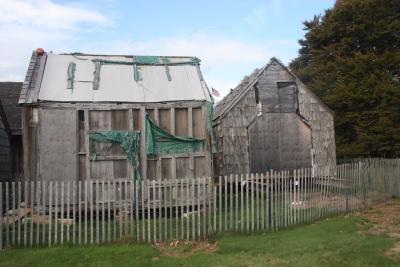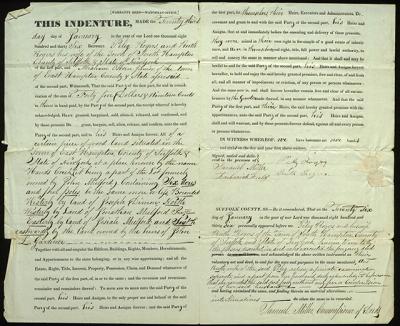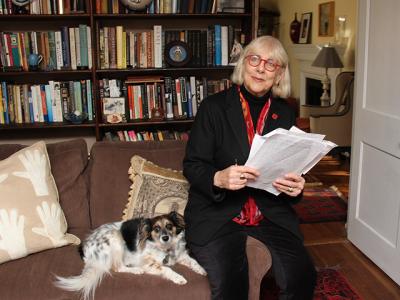Mystery Pipe Washes Up on Georgica
Mystery Pipe Washes Up on Georgica

Walks on the beach yield many things; beach glass, a seal sunning itself, and, unfortunately, trash, but beachgoers Friday were surprised to find a few hundred feet of hydraulic dredge pipe stretched out on the surf at Georgica Friday.
Paul Vogel, who wrote to The Star Friday morning, said he was walking by the jetty to the west when he came upon a single section of pipe, approximately 400 feet long and 18 inches in diameter. There were no seams and it was capped off at the west end, he said.
"My first thought was that it was part of a beach erosion project, but it wasn't anchored in place and the next high tide will most likely shift it," he said. "Any ideas on how it got there? I can't imagine how something that massive could be moved into place, or for that matter how it will be moved out."
The situation left police and government officials asking the same questions for several hours Friday.
East Hampton Village police got calls about it early in the day, and they reached out to the Village Department of Public Works, Chief Michael Tracey said.
"We we are eliminating, one by one, potential owners, but it is clear it came up in the surf," Chief Tracey said. He said they believe it is made of "heavy-duty polyethylene," so while it is not metal, it is still heavy and difficult to move.
So where did it come from? Rebecca Molinaro Hansen, the village administrator, said the Department of Public Works told her it came off a dredge boat. "We believe it is from a dredge, and there is dredging currently going on at Moriches Inlet." She said the East Hampton Town Marine Patrol "is contacting them to come out," as "we do not have the equipment to remove it."
Ed Michels, the East Hampton Town harbormaster, said he is working with Coast Guard Station Shinnecock to find the owner of the dredge there to see if they lost any pipe. "I'm sure it's worth a lot of money, it's 400 feet long!"
He confirmed that whoever it belongs to is responsible for removing it. It could be removed with a tug boat if they brought in a bulldozer to push it back in the water. If the town ends up having to remove it, it will need to be cut into smaller sections on the beach, he said.
"It's winter, I think I have some leeway," he said in regard to how quickly it has to be removed. "If it was July, that would be another story."








